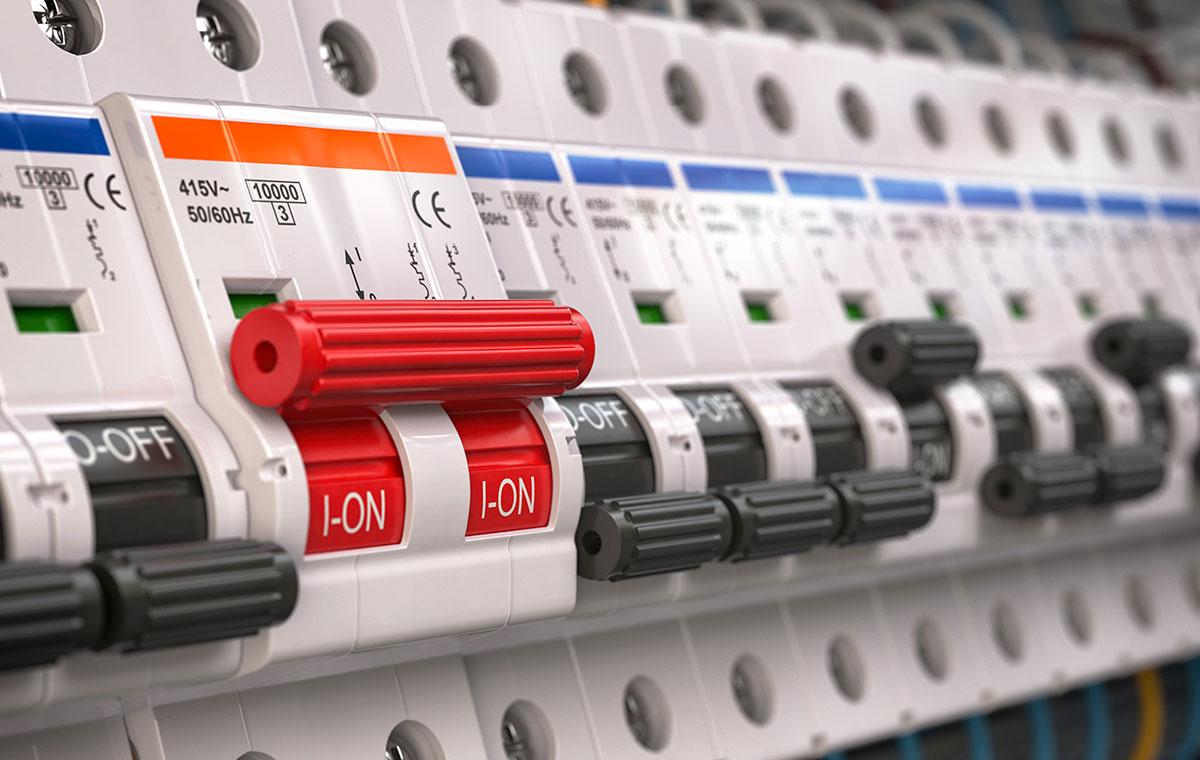Defra finally released their white paper titled ‘Our waste, our resources: a strategy for England‘ just before Christmas, which outlined their policy intentions for resources and waste in England. Electrical equipment did not figure as highly as packaging, with “WEEE” mentioned only 9 times compared to “plastic”, which was mentioned 260 times. However, one page of the strategy was specifically dedicated to the government’s intentions for improving the environmental performance of the electronics industry.
Recent rhetoric from Defra and the wider industry has been focused on business to consumer equipment issues, such as the evidence balancing system and compliance fee. However, the white paper points to a holistic review in 2019 of how well the current WEEE legislation is delivering on the stated goals.
B2B Compliance have already informally provided feedback on the success of collections from businesses for this “post-implementation review”. Once published, it will give a clear indication of whether the government intend to reform the system.
Problematic WEEE
The government is presented with a unique opportunity to compare the first version of the WEEE regulations from 2007, with the current 2013 version so they can assess whether a third version is required. However, the focus is likely to remain on consumer equipment and the take-back obligations of retailers, as the strategy specifically notes how small equipment can be “easily discarded as residual black-bin-bag waste”.
Keeping the household equipment infrastructure separate from business equipment seems sensible given the waste arises in very different settings. However, the government may tighten the rules for distributors of business EEE to reduce the complexity of the current hierarchy of responsibility.
Influencing design
One thing that is clear from the white paper is that ideas are needed on how to “encourage better designed products”. Defra will need to be particularly careful in this area as the potential to stifle creativity and reduce product innovation is high. Again, much of the debate is influenced by consumer products with accusations of inbuilt obsolescence. However, rewarding manufacturers for product longevity and repairability is something that may benefit manufacturers of technical electronic equipment who have always built products to last.
The government have indicated they will follow the EU’s lead when it comes to ecodesign and ecolabels. However, as the EU are finding, putting together sensible future-proofed ecodesign legislation is very tricky given the nature of products yet to be designed and manufactured are inherently unknown.
The EU’s energy efficiency labelling scheme is one ecolabel that has largely been successful in improving the environmental performance of products. It seems sensible for the government to explore the potential for introducing similar labelling schemes as a means of helping consumers and giving direction to manufacturers. It will be an area to watch over the coming years.
Far from perfect
The WEEE regulations in the UK are far from perfect. The government is finding it difficult to set sensible annual targets and there seems to be a lack of incentive for WEEE recyclers to setup or expand operations. The repair and reuse of items is also not incentivised by the legislation, which needs to change. The government have now stated their intention to review this area, it is now up to the industry to show willingness to change.
So what’s next for WEEE? In the not so distant future expect to see the ‘Post-implement review of waste electronic and electronic equipment regulations’ in 2019 and the ‘Consultation on extended producer responsibility for waste electronic and electrical equipment’ in 2020.
If you would like to discuss or contribute to any of the future consultations, please do contact our team.


